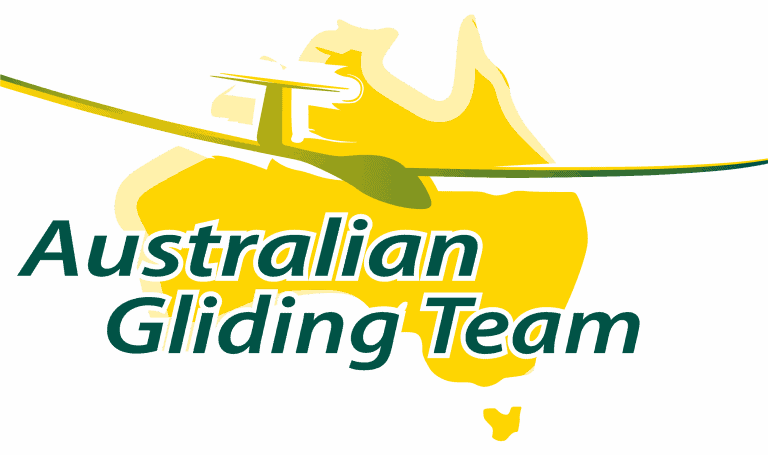Gliding Australia & Part 149
On Monday 23 Nov, the GFA Board decided to initiate the transition across to Part 149 regulations. This was done as it was viewed as the best method of preserving our existing exemptions and continuing to operate in our current form.
GFA currently operates under a Deed of Agreement with CASA. Under this agreement, the GFA provides a range of functions to CASA. Glider pilots and sailplanes have a number of exemptions from the Civil Aviation Act CAR 1988. These exemptions are detailed in CAO 95.4 (power-assisted sailplanes, powered sailplanes and sailplanes) and CAO 95.4.1 (gliders engaged in charter operations). These exemptions focus primarily on individuals and what an individual can or cannot do, rather than what an organisation can or cannot do. The regulations in CAR 1988 are gradually being migrated to CASR 1998. Once the migration is complete, CAO 95.4 and 95.4.1 will cease to have effect and are likely to be repealed.
Part 149 is devised to sit between CASA and the pilots operating under exemptions and has an emphasis on the responsibilities and functions of the various recreational aviation organisations, which it calls ‘Approved Self-Administering Aviation Organisations’ (ASAOs). Recognition of the capacities of the ASAOs and the unique characteristics of the aircraft they administer is documented in a CASA approved ‘Exposition’ which captures an ASAO’s operational, technical, safety and administrative processes and standards. A dominant proportion of an ASAO’s exposition would be the standards and exemptions that the ASAO presently has in their operational and / or airworthiness manuals.
Some time ago the GFA Board opted to not be the first sports aviation organisation to transition to Part 149. The transition to Part 149 could be particularly labour intensive if extensive rewrites to the MOSP is required. However, the experience gained through other organisations transitioning first, has resulted in many of the inconsistencies in the Part 149 transition process being resolved and we are expecting a relatively smooth transition. It is unlikely that the membership and clubs will notice any difference once transition to Part 149 has been completed. There may be some rearrangements to MOSP 2 and 3 to enable the Part 149 exposition to be simpler (an example would be for a component of the Part 149 requirements to be met by one reference to a MOSP chapter rather than references to several chapters or even several publications). There may be some slight shuffling of responsibilities at the GFA Executive level although this is to be decided as the exposition is developed.
The transition team us being headed by the Chair of Airworthiness, Anthony Smith. If you have any questions about Part 149 please contact him on cad@glidingaustralia.org





